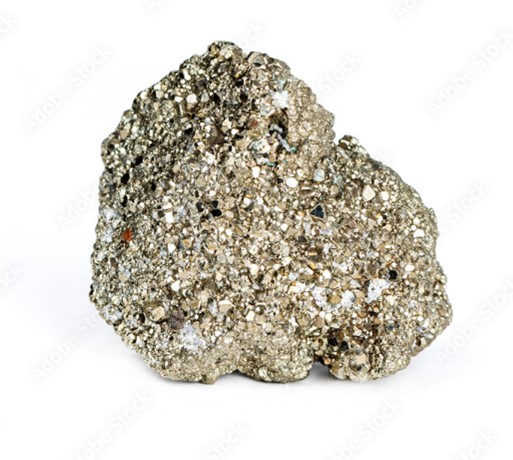Voices in the Coalshed: Fools Gold

Fool’s Gold …really?
What is “Fool’s Gold” and what is its connection to coalmining? Pyrite is often better known as “Fool’s Gold.” It’s called “Fool’s Gold” because it resembles gold and has often been mistaken for gold.
In the past, miners toiling underground would dream of a better, easier life by discovering gold! Who wouldn’t dream, particularly as gold and pyrite form together under similar conditions. But pyrite, could also be found alongside coal seams, so in the early days, some miners thought they had struck gold! Rather unkindly, the pyrite began to be commonly called, “Fool’s Gold!” Its nickname has stuck and is used worldwide.
Found in a variety of rocks, as well as coal seams, its named after pyr (Greek for fire) because it will spark when struck against metal or stone. It is used as one of the components in non-rechargeable batteries but otherwise has little value. Or has it?
However, it has been established that “Fool’s Gold” is not so silly after all. Using a scientific instrument called an atom probe, Curtin University (Australia) research found tiny amounts gold trapped inside pyrite (Fool’s Gold) which would now make it more valued than its name suggests. Some pyrites contain 0.25% of gold or more. Although that is only a tiny percentage of the ore, the value of gold is so high that the mining of pyrite might be worthwhile.
So how can you tell the difference…just in case? Gold is soft and will bend or dent with pressure, whereas pyrite is brittle and formed in such a way that pieces will break off.
Exploring rocks is a fascinating subject. April sees the return of our popular event Geology Rocks where you can let us know if you have any fascinating tales to tell of finds below the surface.
This week’s Voices in the Coalshed was researched and written by volunteer Lesley. If you would like to join Voices in the Coal Shed, please get in touch with voicesinthecoalshed@gmail.com